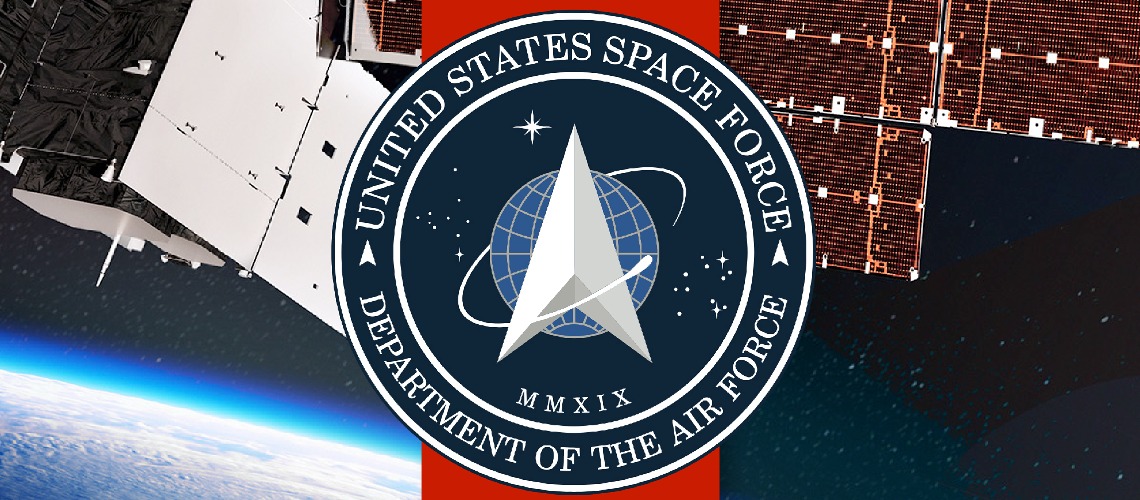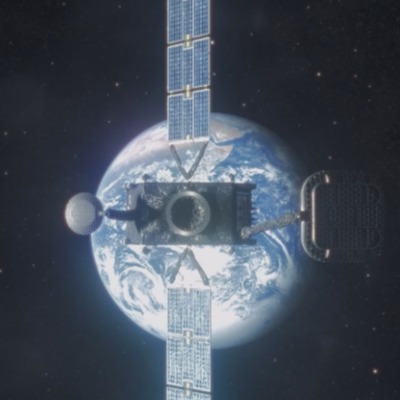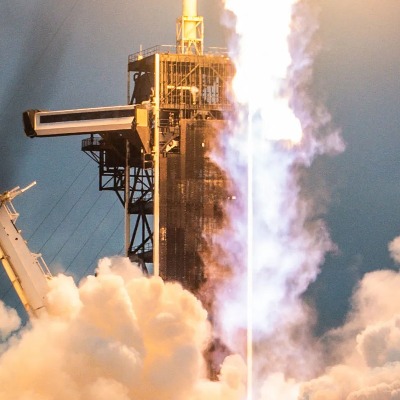US Prepares To Silence Adversaries: Satellite Jammers Aim To Disrupt Chinese & Russian Communications

The United States Space Force is gearing up to deploy a new weapon in its celestial arsenal: ground-based satellite jammers designed to disrupt communications between Chinese and Russian satellites during potential conflicts. These jammers, dubbed "Remote Modular Terminals" (RMTs), are being hailed as a critical tool for protecting US forces by hindering the ability of adversaries to transmit vital information.
The RMTs are described as small, portable, and cost-effective devices. This allows for rapid deployment in austere environments, ensuring US forces have the capability to disrupt enemy communications regardless of location. The Space Force emphasizes that the RMTs are designed for "responsible countering" of adversary capabilities, not for indiscriminately disrupting all satellite traffic.
The announcement of the RMT deployment comes amidst heightened tensions between the US, China, and Russia. Concerns have grown around potential conflicts where these nations may rely on advanced satellite networks to coordinate military operations. The Space Force views the RMTs as a crucial deterrent, ensuring US dominance in the ever-evolving sphere of space warfare.
However, the deployment of these jammers has also sparked concerns. Critics argue that such actions could escalate tensions and lead to a tit-for-tat response from China and Russia, potentially disrupting critical civilian and commercial satellite communications. Additionally, some experts question the effectiveness of jamming technology, suggesting adversaries may develop countermeasures to render the RMTs obsolete.
Despite these concerns, the Space Force remains committed to the RMT program. With the first batch of devices slated for deployment within the next few months, the coming years will likely see increased focus on both offensive and defensive capabilities in the domain of space communications. The deployment of the RMTs marks a significant step forward in this ongoing arms race, potentially altering the strategic landscape of future conflicts.




